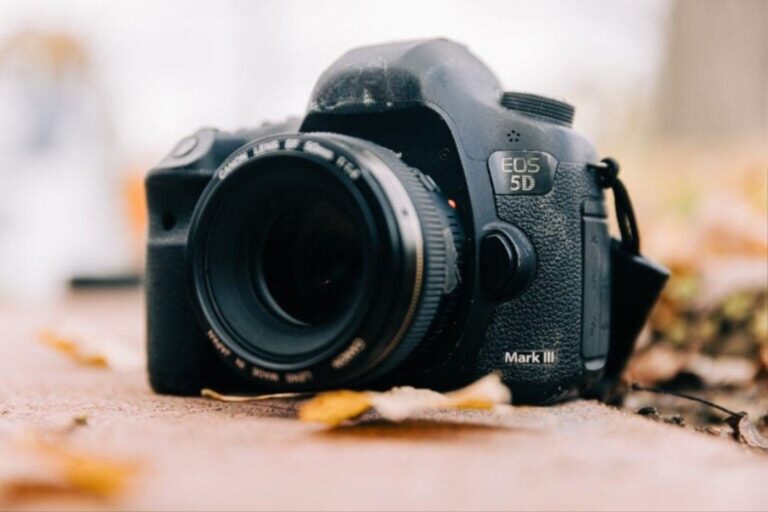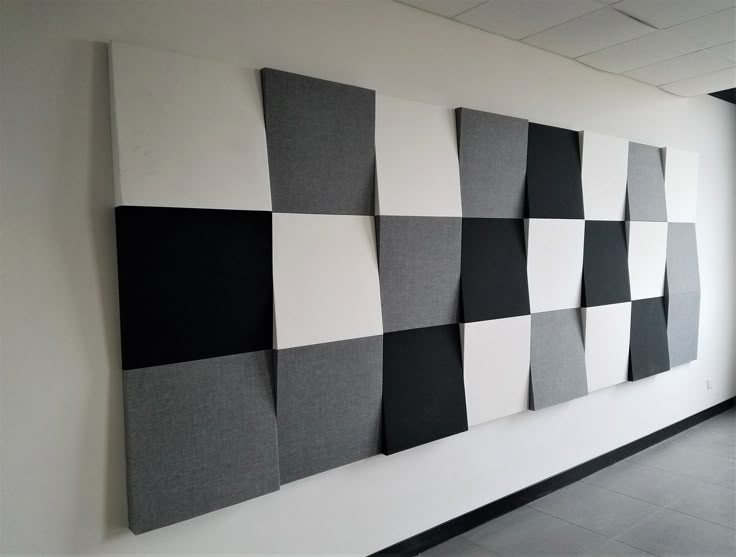
Your chimney’s safety and operation will be ensured by yearly inspection and thorough chimney sweep. If your chimney isn’t maintained, it can quickly become dangerous for you, your family and your home. Whether you choose to do the work yourself or hire a professional, some important things need to be checked during chimney sweeping. You can have dangerous gasses from fireplaces. Checking the flue for damage or failure should be part of chimney sweeping. If it is, it can allow those gases to seep into your living spaces instead of venting it outdoors. Damaged flue lines can allow heat from fire to enter areas in your home. The flue must always be inspected thoroughly during chimney sweeps to make sure it is in good shape. The inside of the flue must be cleaned to remove creosote or soot deposits. If they’re allowed to accumulate, they could cause a fire in your chimney.
The chimney crown (or chimney cap) protects the flue and the outside of chimney. These caps and crowns can wear down, crack or become deformed over time. A thorough chimney sweeping will include assessing the condition of the caps and crowns and then doing any needed repairs. The crown can be replaced if more damage is done. Small cracks are possible to fill. Animals love to nest in flues, as they provide warmth and protection. Snow and rain can enter the flue, causing water leakages. Nearby trees could drop leaves and branches into the flue, which can lead to blockages or fires. These things can be kept out of your flue by many chimney caps that have mesh. The chimney cap can become blocked if smoke is present. This can cause flue’s ability to vent to shrink. All of these things are dangerous and can lead to a blockage in the flue. This traps heat and gases inside your home and prevents them from venting outside.
To ensure that the flue is free from blockages or buildups, chimney sweeping should involve removing and replacing the cap. Next, remove the cap and clean it. Your chimney bricks and mortar can deteriorate if a flue is damaged by the gases from fires. Weathering can cause gradual erosion of mortar and brickwork. It is possible to have costly repairs made if you don’t maintain the brickwork. It is not uncommon to see loose bricks at the top of the chimney, where they are most vulnerable to problems from the hot gases and weather. If a brick comes to lose, it can drop down into the chimney and damage a flue or cause a blockage. These issues should always be addressed before you start chimney sweeping. It can also affect the structural stability and safety of your chimney if the brickwork is left to deteriorate. Make a search on the following website, if you are looking for additional information regarding hetas registered installers near me.




